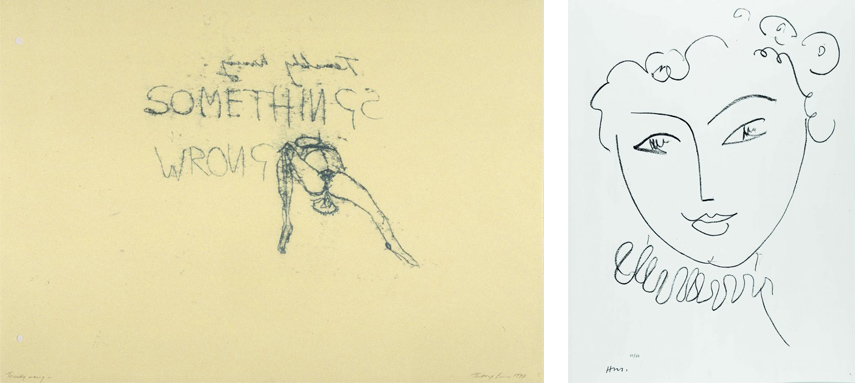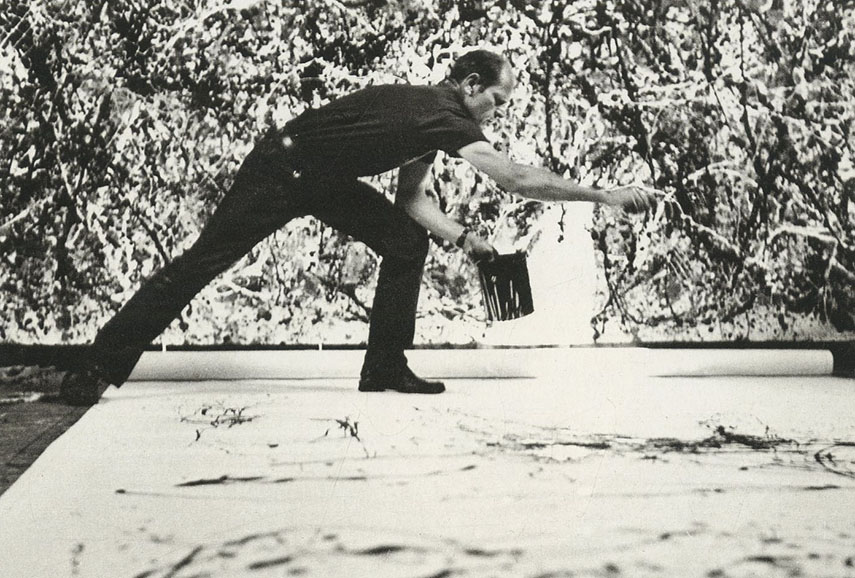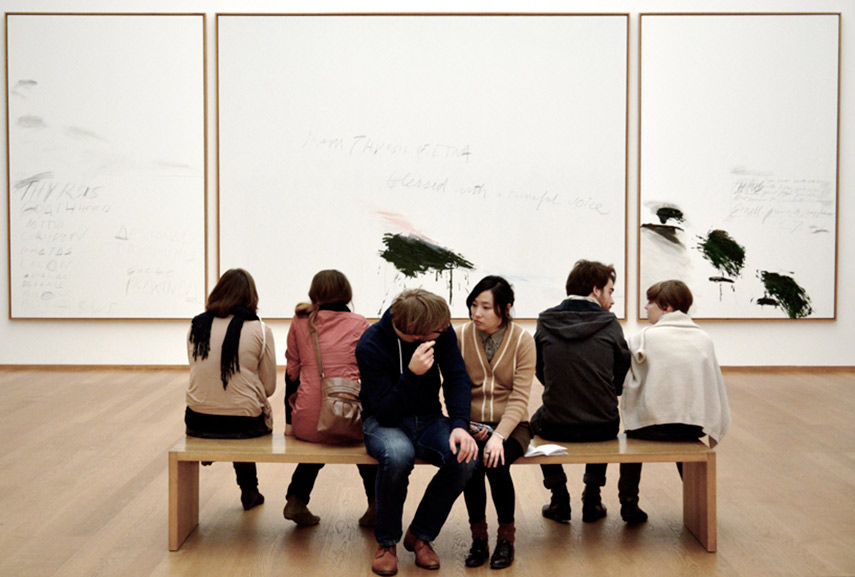Investigating a Work of Arts Symbolism Enriches Our Understanding of the of the Work
In a digital world we all live in, visual language, its various pictures, unspoken codes, and symbolism, seem to take precedent over the spoken communication. Since 2010, over 20 billion photos have been uploaded on Instagram, and it seems that visual linguistic communication is standing its authority as a crucial form of communication. Diverse artists, filmmakers, museum professionals, and educators believe that fluency in the visual language non only enriches the overall understanding of art and the world, just that information technology also greatly influences creativity, empathy, and critical thinking. Trying to reflect and cover the globe through what nosotros see and not through what one has to say with words, engages the heed in a more powerful way. The transformation of the earth onto two-dimensional surfaces requires a deep understanding of the unspoken codes and symbols. These assist to build the visual language and how ane choices to introduce their understanding of the world is how diversity inside a visual language is created[1].

What Shapes the Visual Language?
The investigation of the 20th-century abstract artists has shown us that the qualities of line and shape, proportion, and color convey a meaning without the use of words, and without the the narrative quality of the traditional painting. Thanks to Wassily Kandinsky , we have come to understand that each color can have its symbolic pregnant and evoke various emotions. Through history, the blue colour was understood to correspond the world beyond the physical, and in well-nigh cases it was used to colour the robe of Virgin Mary figure. The play betwixt various lines, the employ of expressive marks and the drip of the pigment in comparison to the repetitive rhythm or creation of a apartment and decorative surface, all covey a unlike understanding of the world and the dissimilar, in a sense, sound of the visual linguistic communication. If we were to take an expressive line and compare information technology to the abrupt straight line, we tin can imagine that the corporeality of force and emotion in their creation differed[2].
Through the apply of art elements, artists not only create their own impressions of the world but too their own meaning. Understanding that art conveys letters and communicates ideas makes nearly every picture an element of the visual language. These pictures, thanks to the individual employ and agreement of fine art elements and design principles, such as rhythm, contrast, or texture, assist create a thousand vivid stories.

What Influences the Unlike Styles
The tone of artistic voice differs depending on the topic and emotional state of the speaker. This, believe it or not, also implies in the visual language of paintings, design works, and sculptures. Oft through the use of color, and its complimentary hues, ane tin stress the nearly important feature within a certain piece. Various designers rely on such relationships to create focal points in their posters or various other graphic pattern works. Throughout art history, nosotros have a very different understanding of the role and the nature of painting. Many avant-garde artists needed to create a new visual language by breaking abroad from art canons, such as perspective in art or the gilt ratio rule. These changes occurred simultaneously with the major changes and turbulent events in history. As such, numerous avant-garde movements demand to be understood not only equally important stepping stones for the evolution of art but equally crucial documents of the transitional phases of the world. Diverse cultural beliefs and rituals are also crucial for the creation and the agreement of the produced images. In sure cultures, the white colour would not exist an appropriate color to wear at funerals, notwithstanding, equally we know, this occurs in East Asian countries.

The Science of Sight
Crucial to the idea of the visual linguistic communication are many scientific types of research concentrating on the analysis of sight, of middle'south perception, and of the heed. The scientist Semir Zeki has researched and produced interesting results which showcase unlike encephalon responses to Michelangelo, Rembrandt , Vermeer, Magritte , Malevich , and Picasso paintings. These results showcase that various shapes or lines may be more or less pleasing to the eye, as they produce different emotional reactions. Playing with the perception was an important feature for the Impressionist motility. Past challenging the way the eye perceives color, Impressionists created a certain style incorporating vibrant colors, and expressive brushstrokes. During the 1960'southward, the desire to break away from the drama of Abstruse Expressionism was strong, so color field paintings denied any identity of the creative person and produced a new thought, ie. the painting as a solid object. Presently, the visual language of the illusion art enforces the demand for some artists to play and fool the middle.
The globalization and the digitalization of the world have created a new understanding of the way of the visual linguistic communication[3]. Continuing as a vehicle for critique, provocation, and teaching, artists need to embrace the technology and its own codes as much as they need to embrace the changes occurring in the aesthetic rules.
As a living force, language changes throughout time. This applies both to the spoken and to the visual language. From the most aboriginal cultures and throughout history, the language of paintings and drawings was used to encode the world in guild to better understand the nature and universal laws, and consequently - ourselves.

Editors' Tip: A Visual Language
Featuring a large number of new images, this book is essential reading for any artist in any field, regardless of their level, and is the only introduction to the visual arts that a beginner should require. A Visual Language is a practical introduction to the language of the visual arts, with a strong, innovative methodology. This expanded second edition begins with the basics of shape, composition and drawing, and gradually moves on to explore more circuitous arrangements, including abstract and representational analysis and composition. Building on the principles of visual language established in their last book, the authors now explore iii-dimensional forms of increasing complication.
References:
All images used for illustrative purposes but. Featured image in slider: Mark Rothko, Untitled, 1964. Image via widewalls.ch; Wassily Kandinsky - Improvisation nineteen, 1911. Image via widewalls.ch; Joan Miro - Artwork. Image- via pinterest.com
Source: https://www.widewalls.ch/magazine/visual-language
ارسال یک نظر for "Investigating a Work of Arts Symbolism Enriches Our Understanding of the of the Work"